 .
. 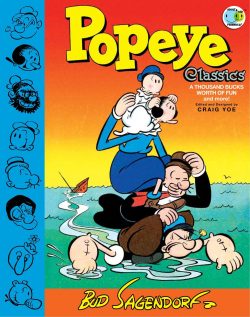
By Bud Sagendorf, edited and designed by Craig Yoe (Yoe Books/IDW)
ISBN: 978-1-63140-175-6(HB) eISBN: 978-1-62302-720-9
How many cartoon classics can you think of still going after a century? Here’s one…
There are a few fictional personages to enter communal world consciousness – and fewer still from comics – but a grizzled, bluff, uneducated, visually impaired old sailor with a speech impediment is possibly the most well-known of that select bunch.
Elzie Crisler Segar was born in Chester, Illinois on 8th December 1894. His father was a general handyman, and the boy’s early life was filled with the kinds of solid, dependable blue-collar jobs that typified his generation of cartoonists. He worked as a decorator, house-painter and also played drums; accompanying vaudeville acts at the local theatre.
When the town got a movie-house, he played for the silent films, absorbing all the staging, timing and narrative tricks from keen observation of the screen. Those lessons would become his greatest assets as a cartoonist. It was while working as the film projectionist, at age 18, that he decided to become a cartoonist and tell his own stories.
Like so many others in those hard times, he studied art via mail, in this case W.L. Evans’ cartooning correspondence course out of Cleveland, Ohio, before gravitating to Chicago where he was “discovered†by Richard F. Outcault – regarded by most in the know today as the inventor of modern newspaper comic strips with The Yellow Kid and Buster Brown.
The celebrated pioneer introduced Segar around at the prestigious Chicago Herald. Still wet behind the ears, the kid’s first strip, Charley Chaplin’s Comedy Capers, debuted on 12th March 1916.
In 1918, Segar married Myrtle Johnson and moved to William Randolph Hearst’s Chicago Evening American to create Looping the Loop, but Managing Editor William Curley saw a big future for Segar and packed the newlyweds off to New York, HQ of the mighty King Features Syndicate.
Within a year Segar was producing Thimble Theatre, which launched December 19th 1919 in the New York Journal. It was a smart pastiche of cinema and knock-off of movie-inspired features like Hairbreadth Harry and Midget Movies, with a repertory of stock players to act out comedies, melodramas, comedies, crime-stories, chases and especially comedies for vast daily audiences. It didn’t stay that way for long…
The core cartoon cast included parental pillars Nana and Cole Oyl; their lanky, highly-strung daughter Olive, diminutive-but-pushy son Castor and the homely ingenue’s plain and (very) simple occasional boyfriend Horace Hamgravy (latterly, just Ham Gravy).
Segar had been successfully, steadily producing Thimble Theatre for a decade when he introduced a brusque, vulgar “sailor man†into the everyday ongoing saga of hapless halfwits on January 29th 1929. Nobody suspected the giddy heights that stubborn cantankerous walk-on would reach…
In 1924 Segar created a second daily strip The 5:15: a surreal domestic comedy featuring weedy commuter and would-be inventor John Sappo and his formidable wife Myrtle. This one endured – in one form or another – as a topper/footer-feature accompanying the main Sunday page throughout the author’s career. The feature even survived his untimely death, eventually becoming the trainee-playground of Popeye’s second great humour stylist: Bud Sagendorf.
After Segar’s far-too-premature death in 1938, Doc Winner, Tom Sims, Ralph Stein and Bela Zambouly all worked on the strip, even as the Fleischer Studio’s animated features brought Popeye to the entire world, albeit a slightly different vision of the old salt of the funny pages. Sadly, none of them had the eccentric flair and raw inventiveness that had put Thimble Theatre at the forefront of cartoon entertainments. But then, finally, Bud arrived…
Born in 1915, Forrest “Bud†Sagendorf was barely 17 when his sister – who worked in the Santa Monica art store where Segar bought his drawing supplies – introduced the kid to the master cartoonist who became his teacher and employer as well as a father-figure. In 1958, after years on the periphery, Sagendorf finally took over the strip and all the merchandise design, becoming Popeye’s prime originator…
When Sagendorf became the main man, his loose, rangy style and breezy scripts brought the strip itself back to the forefront of popularity and made reading it cool and fun all over again. Bud wrote and drew Popeye in every graphic arena for 24 years and when he died in 1994, he was succeeded by controversial “Underground†cartoonist Bobby London.
Young Bud had been Segar’s assistant and apprentice, and from 1948 onwards was exclusive writer and illustrator of Popeye’s comicbook adventures. These launched in February of that year in a regular monthly title published by America’s unassailable king of periodical licensing, Dell Comics.
When Popeye first appeared, he was a rude, crude brawler: a gambling, cheating, uncivilised ne’er-do-well. He was soon exposed as the ultimate working-class hero: raw and rough-hewn, practical, but with an innate, unshakable sense of what’s fair and what’s not; a joker who wanted kids to be themselves – but not necessarily “good†– and someone who took no guff from anyone…
Naturally, as his popularity grew, Popeye mellowed somewhat. He was still ready to defend the weak and had absolutely no pretensions or aspirations to rise above his fellows, but the shocking sense of dangerous unpredictability and comedic anarchy he initially provided was sorely missed… but not in Sagendorf’s comicbook yarns…
Collected in their entirety in this beguiling full-colour hardback (also available in digital editions) are issues #20-24 of Popeye‘s comic book series, produced by the irrepressible Sagendorf and collectively spanning April-June 1952 to April-June 1953.
The stunning, almost stream-of-consciousness slapstick stories are preceded as ever by an effusively appreciative Foreword – ‘Society of Sagendorks’– by inspired aficionado, historian and publisher Craig Yoe, offering a mirthful mission statement.
Every volume includes a collation or ephemera and merchandise courtesy of the ‘Bud Sagendorf Scrapbook’. Included here are newspaper clippings, ads and assorted trivia such as packaging for candy, toys, stationery, fridge magnets, plates, Dutch newspaper strips & comics covers plus a selection of images from a colouring book.
We rejoin the ceaseless parade of laughs, surreal imagination and thrills with #20 which opens and closes with a prose yarn adorning both inside front and back covers. ‘Big House Bill in “House for Rent‒ reveals how a churlish sea snail is inveigled to join the other molluscs’ games…
Sagendorf was a smart guy who kept abreast of trends and fashions as well as understanding how kids’ minds worked and these tales are timeless in approach and delivery. In the era of rapid television expansion, cowboys were King, with westerns dominating both large and small screens as well as plenty of comics. Thus, many sagas featured Popeye as a horse-riding sagebrush wanderer who ran a desert railroad when he wasn’t prospecting…
The comics kick off with ‘Here Comes the Bride!!’ detailing how the saddle-sore Sailor-Man upsets a lost tribe of Indians and can only end his sea of trouble by marrying the chief’s beautiful daughter. Of course, that assuming his ferociously possessive – and possibly psychic – sweetie-pie Olive doesn’t find him first…
‘Little Kids Should Have Ice Cream! or Swee’ Pea Gets It!’ then pictures the precocious kid pushing the limits of everyone’s patience to score a cold treat, after which back-up feature Sherman sees another bright spark youngster become an inadvertent counterfeiter – and getaway driver – in ‘Rolling Along!’ The issue concludes with a salutary back cover Popeye gag as Swee’ Pea digs a backyard well with catastrophic results…
Issue #21 of the quarterly delight covered July-September 1952 and again offered a Sagendorf illustrated prose yarn on the interior covers: this one detailing how ‘Harry the People Horse’ attempts to assimilate with humanity by wearing clothes…
The comics commence with ‘Interplanetary Battle’ which taps into the era’s other mass obsession: a growing fascination with UFOs. On Earth prize fighter Popeye cannot find an opponent brave enough to face him, so Wimpy innocently seeks to aid his old pal by broadcasting a message to the universe. Sadly, what answers the clarion call is a bizarre, shapeshifting swab with sneaky magic powers…
An engaging Micawber-like coward, cad and conman, the insatiably ravenous J. Wellington Wimpy debuted in the newspaper strip on May 3rd 1931 as an unnamed and decidedly partisan referee in one of Popeye’s pugilistic bouts. The scurrilous yet scrupulously polite oaf struck a chord and Segar gradually made him a fixture. Always hungry, keen to solicit bribes and a cunning coiner of many immortal catchphrases – such as “I would gladly pay you Tuesday for a hamburger today†and “Let’s you and him fight†– Wimpy is the perfect foil for a simple action hero who increasingly stole the entire show… and anything else unless it was extremely well nailed down…
After an unseemly moment of jealousy, Popeye is compelled to take over the redecoration of Olive’s house in ‘Paper and Paste’, but his lack of experience and Wimpy’s assistance soon combine to create the usual chaos after which the back-up feature – now redubbed Sherm – finds the kid in dire straits after leaving his wiener dog Winky alone in the ‘Dog House!’…
Proceedings again conclude with a back-cover gag involving Swee’ Pea and eggs…
Another prose ‘Horse Tale’ brackets the interiors of #22 (October-December 1952), detailing a desert steed’s gold prospecting woes before the Old Salt suffers a tragic reversal of fortune during a shortage of his favourite vegetable. Sadly, starting a ‘Spinach Farm’ and making a go of it prove distressingly difficult once Wimpy starts helping…
‘Swee’ Pea’s Vacation!’ then sees the valiant nipper take an eventful voyage to Spinachovia, that shatters the island’s economy and devastates their armed forces, before Sherm takes ‘The Long Way Home!’ in a wry episode incorporating a host of puzzles and mazes to keep reader interest honed and the back cover Popeye gag sees Swee’ Pea become a dirt magnet…
Popeye #23 (January-March 1953) opens and closes with prose tale ‘The Rocket Horse’ detailing a non-consensual trip to Mars, whilst lead strip ‘Boom! Boom! or Pirates is Rodents!’ returns the Sailor-Man to his nautical roots to eradicate scurvy corsairs besmirching his beloved seven seas. His only miscalculation is bringing Olive and Wimpy with him…
His sweety takes centre stage in ‘Ship Shape!’ as she tries to make Popeye and his dad Poopdeck Pappy clean up their scruffy sea-going vessel, whist Sherm indulges in winter sports and a spot of detecting when Pa goes missing in ‘Snow-Father!’, and the issue closes with Popeye and Swee’ Pea disastrously disputing ownership of a dingy in the traditional back-cover vignette.
Closing this vivid and varied volume is #24 (April-June), which begins and ends with text triumph ‘Apple House’ – highlighting a housing crisis for cute maggot Vernon Greentop – before cartoon chaos ensues with ‘Popeye an’ Pappy in Golden Street!’ as the seasoned mariners become western prospectors and the incorrigible elderly reprobate finds gold in the most likely place imaginable, leaving Popeye to fix the mess as usual…
Fantasy reigns supreme in ‘Hole in the Mountain!’ as Popeye & Swee’ Pea discover a fantastic unknown kingdom on a desert island ruled by a perilously familiar tyrant before more puzzles and mazes bedevil automobile-mad Sherm and the readership in ‘The Race!’ The last word again goes to a short sharp back-page gag starring innocent demon Swee’ Pea to wrap up another treasure trove of timeless entertainment…
Outrageous and side-splitting, these all-ages yarns are evergreen examples of surreal narrative cartooning at its most inspirational. Over the last nine decades Thimble Theatre and its most successful son have unfailingly delighted readers and viewers around the world. This book – available in sturdy hardback or accessible eBook formats – is simply one of many but definitely top-tier entertainment for all those who love lunacy, laughter, frantic fantasy and rollicking adventure. If that’s you, add this compendium of wonder to your collection.
Popeye Classics volume 5 © 2014 Gussoni-Yoe Studio, Inc. All Rights Reserved. Popeye © 2014 King Features Syndicate. ™ Heart Holdings Inc.

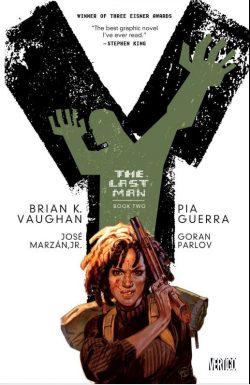

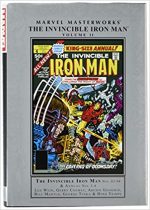
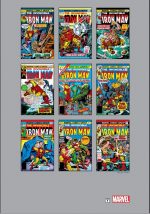
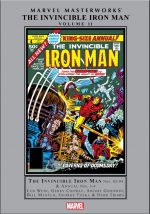
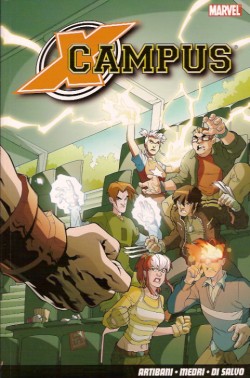
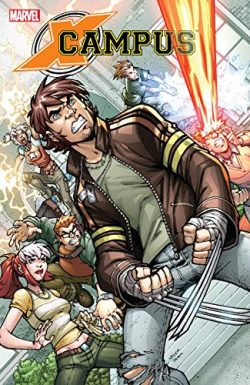


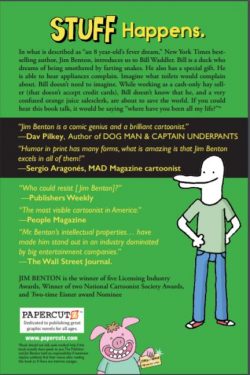




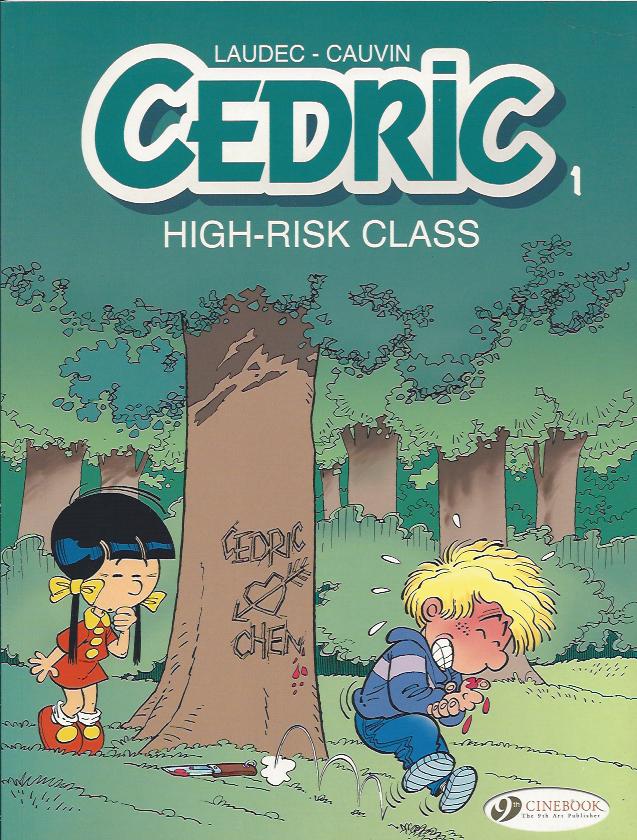
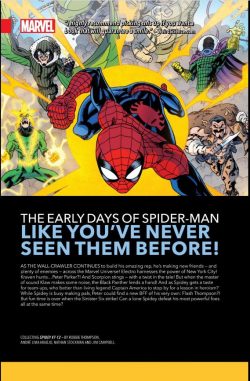
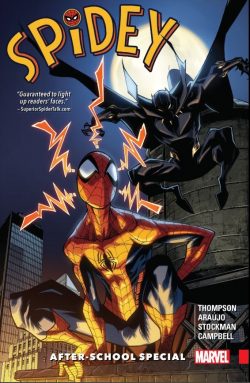
 .
. 